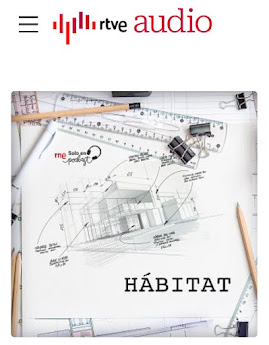Con todo, no hace falta ir a una sala de proyecciones o ponerse ante la parrilla de Netflix para experimentar este fatal encuentro con el terror de lo cercano. Sin necesidad de ir más allá del jardín de Bomarzo, podemos percibir este efecto. El giboso monstruo de este jardín, por su cara visible, es intimidante, ciertamente, pero lo es más aún desde su interior. Su aspecto reblandecido, sus ojos huecos como los de una calavera iluminada cuya mirada no es un pozo sino un faro, producen auténtico pavor.
Hay arquitectura a la que le sucede lo mismo. Existe arquitectura que intimida y se vuelve monstruosa a una distancia corta. Le sucede a las pirámides de Egipto desde la distancia y cuando uno se aproxima a la dentadura afiladísima que son sus piedras cercanas. Le sucede al estadio olímpico de Múnich de Frei Otto donde un tornillo podría aplastarnos, y a San Pedro de Roma cuando uno toca las heladoras columnas de Maderno. A veces la mera cercanía hace de los edificios seres terroríficos. Mejor, en esas obras, no acercarse mucho. No sea que acabemos engullidos.
Still, you don’t need to step into a theater or scroll through Netflix to experience this fatal encounter with the terror of nearness. The garden of Bomarzo offers a perfect example. The hunchbacked monster of this garden is intimidating enough from the outside, but it becomes truly terrifying when you step inside. Its softened features, hollow eyes glowing like a skull’s—less like a bottomless pit and more like a lighthouse—provoke genuine fear.
Architecture, too, can have this effect. Some structures intimidate and grow monstrous as we draw near. The pyramids of Egypt loom dauntingly from afar, but it’s up close, among the razor-sharp stones, where their menace is most palpable. Frei Otto’s Munich Olympic Stadium can make a simple bolt feel as though it might crush you, and St. Peter’s Basilica in Rome reveals its chilling grandeur when you touch Maderno’s icy columns. Sometimes, proximity alone can turn buildings into terrifying creatures. Best to keep your distance from such works—lest you be swallowed whole.






























































































































